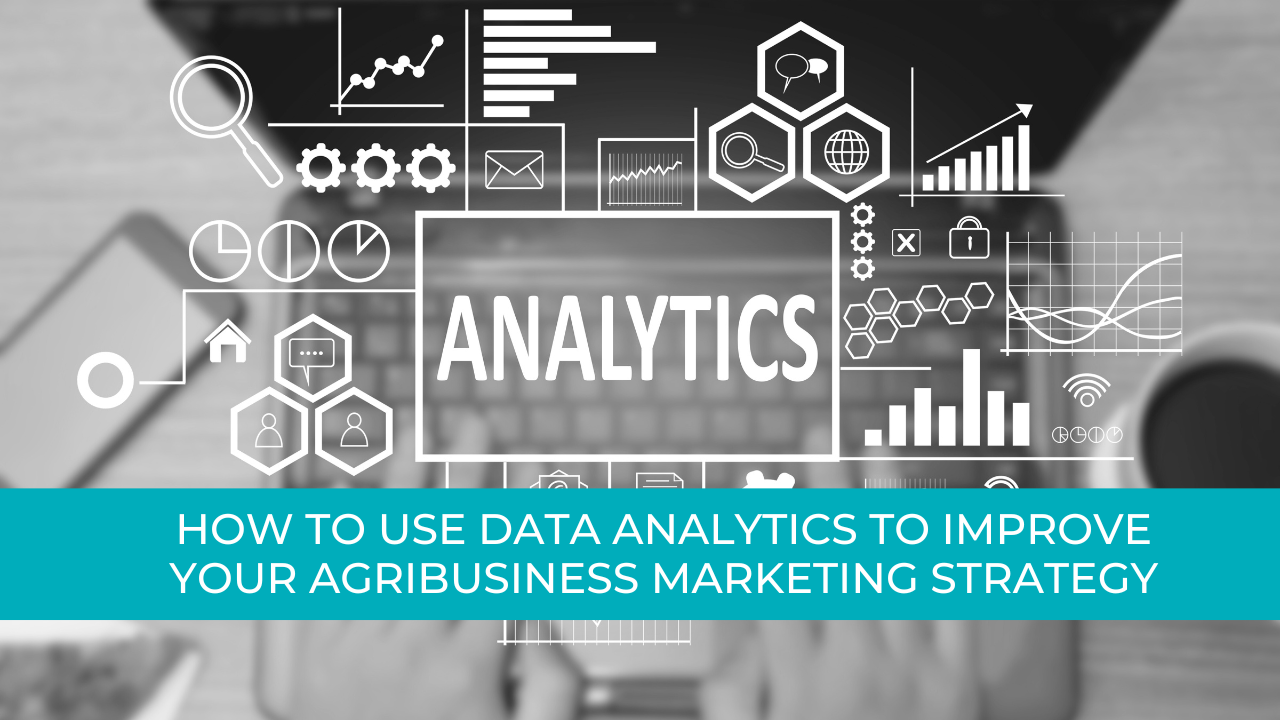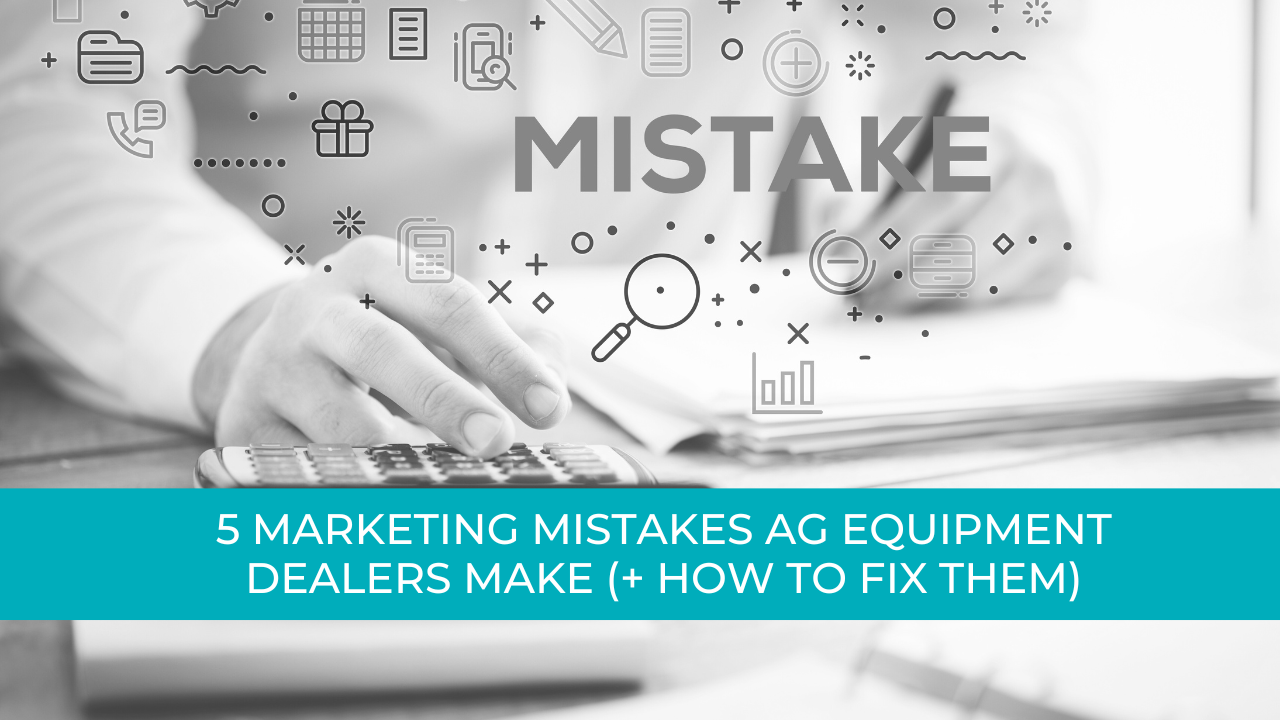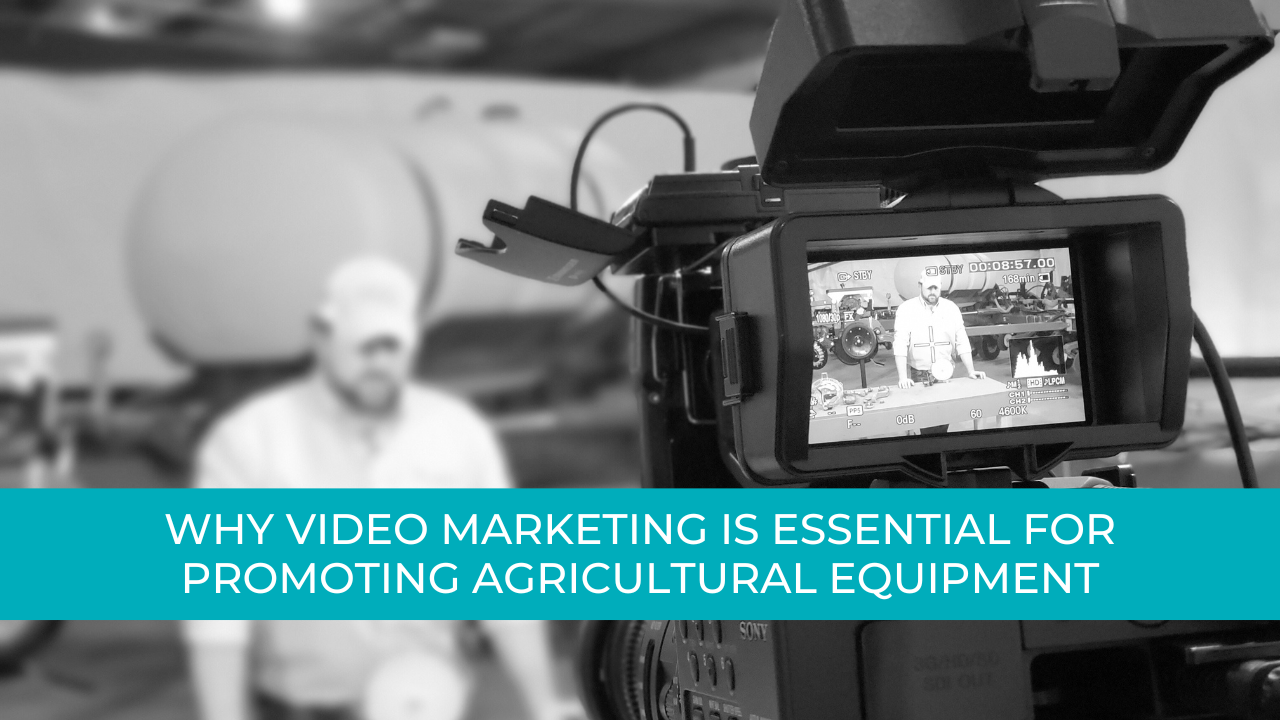Agtivation Blog
What's New In The Digital Ag World
Measuring ROI for AI in Farm Marketing
Is it true that AI investments in farm marketing can greatly boost your bottom line? By analyzing
metrics like sales trends and customer engagement, you can start to uncover the financial
impact of these technologies. However, understanding the nuances of ROI measurement might
not be straightforward. What specific indicators should you focus on to guarantee your
marketing strategies are worth the investment?

Key Takeaways
● Track cost savings resulting from AI automation and optimized resource allocation to
measure financial impact.
● Analyze sales growth trends before and after AI implementation to assess its
effectiveness in driving revenue.
● Monitor customer engagement metrics, such as website visits and social media
interactions, to evaluate marketing success.
● Calculate ROI by comparing the increased efficiency and productivity against investment
costs in AI technologies.
● Use customer feedback and behavior analysis to refine marketing strategies, ensuring
alignment with audience needs for better results.
Understanding AI in Farm Marketing
As you explore the world of farm marketing, you might wonder how artificial intelligence (AI) can
play a role in your strategies. AI applications can greatly enhance farm automation, streamlining
your operations and enabling you to focus on growth. By analyzing customer insights, AI helps
you tailor your marketing strategies to meet specific needs and preferences, improving
engagement and satisfaction. Imagine using AI-driven tools to predict market trends, allowing
you to adjust your offerings proactively. This not only boosts efficiency but also positions your
business ahead of competitors. Embracing AI in your farm marketing efforts can transform how
you connect with customers and optimize your resources, ultimately leading to better results
and a stronger market presence.
Identifying Key Goals for Your Marketing Efforts
What do you want to achieve with your marketing efforts? Clearly identifying your marketing
objectives is essential for effective goal alignment. Begin by pinpointing what success looks like
for your agricultural business—whether it's boosting brand awareness, increasing sales, or
expanding your customer base. Each objective should be specific, measurable, and relevant to
your unique circumstances.
Consider your target audience and their needs; this insight will guide your approach. Align your
marketing strategies with these goals, ensuring every campaign or initiative serves a specific
purpose. By doing so, you'll create a focused marketing plan that drives results and maximizes
your return on investment. Remember, clear goals not only motivate your team but also help
measure progress and adjust tactics as needed.
Tracking Customer Engagement and Interactions
Once you've set clear marketing goals, the next step is understanding how your customers
engage with your brand. Tracking customer engagement and interactions helps you analyze
customer behavior and refine your strategies. To do this effectively, focus on these key
engagement metrics:
1. Website Visits: Monitor how many visitors land on your site and their browsing patterns.
2. Social Media Interactions: Track likes, shares, and comments to gauge interest and
reach.
3. Email Open Rates: Assess how many recipients engage with your email campaigns.
4. Customer Feedback: Collect reviews and direct feedback to understand their
experiences.
Evaluating Cost Savings With AI Tools
When you implement AI tools in your farm marketing, you're not just investing in technology;
you're revealing significant cost benefits. By automating routine tasks, you can free up your time
and resources, allowing you to focus on more strategic initiatives. Understanding these savings
is essential for measuring the true ROI of your AI investments.
Understanding AI Cost Benefits
While exploring the benefits of AI tools in agriculture, it's important to remember that these
technologies can lead to significant cost savings. By adopting AI applications, you can
streamline your marketing strategies and reduce expenses. Here's how:
1. Enhanced Data Analysis: AI can analyze market trends faster than traditional methods,
allowing you to make informed decisions.
2. Targeted Advertising: By understanding customer behavior, you can focus your
marketing budget on strategies that yield the best results.
3. Operational Efficiency: Automating routine tasks frees up your time and resources for
more critical activities.
4. Resource Optimization: AI helps in precisely allocating resources, minimizing waste,
and maximizing yield.
Ultimately, leveraging AI can transform your approach to farm marketing, making it both more
efficient and cost-effective.
Time Savings With Automation
Automating your marketing processes can free up valuable time and resources, allowing you to
focus on what really matters—growing your farm business. By implementing AI tools, you gain
significant automation benefits that streamline repetitive tasks, such as social media posting and
email marketing. This not only enhances your time management but also guarantees your
marketing efforts are consistent and efficient. Imagine reducing the hours spent on manual
updates or data entry, letting you dedicate more time to strategic planning and customer
engagement. As you embrace automation, you'll likely discover that improved efficiency
translates into cost savings, ultimately boosting your ROI. With the right tools, you can cultivate
your farm's growth while minimizing unnecessary workloads.
Analyzing Sales Growth and Conversion Rates
To truly assess the impact of AI on your farm marketing, you need to track sales trends and
understand conversion metrics. By analyzing these elements, you can pinpoint successful
strategies and areas for improvement. This data-driven approach not only highlights growth
opportunities but also guarantees you're making informed decisions for future marketing efforts.
Tracking Sales Trends
Tracking sales trends is essential for understanding how your agricultural business is
performing over time. By analyzing sales patterns, you can identify what's working and what
isn't. This trend analysis empowers you to make informed decisions. Here are key areas to
focus on:
1. Seasonal Variations: Recognize how different seasons affect your sales.
2. Product Performance: Determine which products are driving sales growth.
3. Customer Preferences: Understand shifts in customer buying behavior.
4. Market Changes: Stay updated on external factors influencing your market.
Understanding Conversion Metrics
Analyzing your sales trends gives you a solid foundation to explore conversion metrics, which
help you understand how well your efforts turn visitors into customers. Conversion definitions
vary, but they generally measure actions like purchases or sign-ups. By focusing on metrics like
conversion rates, you can gauge the effectiveness of your marketing strategies. Understanding
the importance of these metrics is essential; they reveal not just how many visitors convert, but
also how to optimize your approaches for better results. For instance, if a particular campaign
isn't driving conversions, you can adjust your messaging or target audience. Ultimately,
improving conversion rates can greatly boost your sales growth, leading to a higher return on
investment for your marketing efforts.
Measuring Brand Awareness and Reach
While many agricultural businesses focus on sales numbers, understanding your brand's
awareness and reach is equally important. To effectively measure brand visibility and audience
perception, consider the following steps:
1. Track Social Media Engagement: Monitor likes, shares, and comments to assess how
your audience interacts with your content.
2. Analyze Website Traffic: Use analytics tools to see how many visitors are coming to
your site and where they're coming from.
3. Conduct Surveys: Gather insights about how familiar your audience is with your brand
and what they think of it.
4. Monitor Brand Mentions: Keep an eye on how often your brand is mentioned online to
gauge overall visibility.
Gathering Customer Feedback and Insights
How do you truly know what your customers think about your agricultural business? Gathering
customer feedback is essential, and one of the most effective methods is through customer
surveys. These surveys can uncover valuable insights into your products, services, and overall
customer experience. By carefully crafting your questions, you can target specific areas you
want to improve.
Once you collect the data, feedback analysis becomes vital. Analyze the responses to identify
trends and patterns that highlight your strengths and weaknesses. This data-driven approach
allows you to make informed decisions, enhancing customer satisfaction and loyalty. Ultimately,
understanding your customers better leads to improved marketing strategies, ensuring you meet
their needs effectively and grow your business.
Assessing Time Efficiency in Marketing Tasks
To make the most of your marketing efforts, it's essential to assess how efficiently you're
spending your time on various tasks. By honing your time management skills and practicing task
prioritization, you can maximize productivity. Consider these four steps:
1. Identify key marketing activities: List the tasks that drive your goals.
2. Track time spent: Use a simple tool to record how long you spend on each task.
3. Analyze effectiveness: Compare results against the time invested to identify what's
working and what's not.
4. Adjust your focus: Reallocate time to high-impact activities, cutting back on less
effective ones.
Using Data to Adjust and Improve Strategies
Once you've assessed how efficiently you're spending time on your marketing tasks, the next
step is to harness that information to refine your strategies. Engaging in data analysis allows
you to identify trends and patterns in your marketing efforts. By examining what works and what
doesn't, you can make informed decisions that lead to strategy improvement. For example, if
certain social media posts drive more engagement than others, you might focus on that content
style or timing. Additionally, consider tracking customer feedback and response rates to adapt
your approach. Continually adjusting your strategies based on solid data keeps you aligned with
your audience's needs, ultimately enhancing your marketing effectiveness and maximizing ROI
in your farm marketing efforts.
Frequently Asked Questions
How Can I Start Using AI for My Farm Marketing?
You can start using AI for your farm marketing by exploring AI applications like chatbots for
customer service and data analysis tools to refine your marketing strategies. Embrace
technology to enhance efficiency and reach more customers.
What Are Common Challenges When Implementing AI in Marketing?
When planting seeds, you face challenges like poor soil and weeds. Similarly, implementing AI
in marketing brings data quality and integration issues. You'll need to nurture your strategies for
growth, ensuring everything works together harmoniously.
Is AI Marketing Suitable for Small Agricultural Businesses?
AI marketing can be suitable for small agricultural businesses if you address affordability
concerns and recognize its scalability potential. It can streamline your efforts, enhance customer
engagement, and ultimately boost your online presence effectively.
How Do I Choose the Right AI Tools for My Needs?
Choosing the right AI tools for your farm marketing is like picking ripe fruit—consider your
unique needs, evaluate features, and taste-test options. Focus on tools that enhance efficiency,
engagement, and growth for your business.
Can AI Help With Customer Service in Farming?
AI chatbots can streamline your customer service by providing instant responses and collecting
valuable customer feedback. They help you address inquiries efficiently, enhancing
engagement and satisfaction, which ultimately strengthens your farm's reputation.
Final Thoughts
Effectively measuring ROI for AI in farm marketing isn't just about tracking metrics; it's about
weaving data-driven insights into your strategies. By aligning your goals with customer
engagement, sales growth, and operational efficiencies, you'll find that the benefits of AI can
coincide with tangible improvements in profitability. Regularly refining your approach based on
these assessments not only enhances your marketing efforts but also positions you
competitively in an evolving agricultural landscape.














